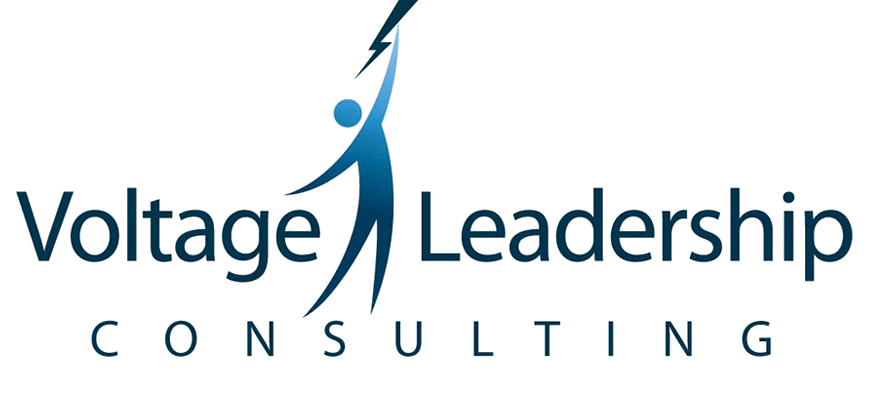How Do I Develop my Managers so that I Can Retain my Current Workforce?
Recently we hosted Client Appreciation Breakfasts for our local clients. Over 10 days we traveled to 3 cities to bring our clients together across a broad cross-section of businesses. Our Client Appreciation Events are a time to share the trends we are seeing across industries, to share key strategies for addressing those trends, and to offer some best practices. It is also a time to introduce our clients to each other! Our clients find it valuable time to gather with an inter-disciplinary group of leaders to share questions and ideas about how they are addressing key issues.
The hot topic for 2019? Talent Recruitment and Retention. Our event was titled, “Winning the War for Talent.” After our presentation we took questions and let people know we’d be responding to them in our upcoming blogs.
The question I am going to tackle today:
“How do I develop my managers so that I can retain my current workforce?”
I love this question, because it clearly underscores the relevance of the maxim, “People join organizations and leave leaders.” How your leaders and managers behave toward their teams is mission critical for retention and business success.
My first response when I hear this concern is: “what do your managers do well, and what do they need to get better at?” To design the right solution you need to understand the problem.
A quick exercise:
1. Grab a sheet of paper and list your direct reports and answer these two questions for each one of them: What does each of them do well? What does each of them need to get better at? (If you don’t know, what do you need to do to find out?)
2. Check to see what trends there are for the team. Are there common strengths and weaknesses? If so, the solution begins with training and setting new, clear expectations for those key problem areas.
3. Notice the specifics next. These are things that one or two have issues with, but they are not trends across the team. These issues are issues to address in your 1:1 and to create a coaching plan around.
Selecting Training Opportunities
The best training opportunities are ones that are contextually relevant to the team. What kind of training experience do they need? Can you create it internally, or do you need outside resources? Who is the best person to lead the training?
When you offer training, remember:
Ø Before the training takes place clearly state your desired outcome for the team. Be candid about what new behaviors you want to see.
Ø Once the training is underway, reinforce the application of the new skills and ideas by asking, specifically, how the content is being applied in their daily work.
Ø After training is complete, expect the group to continue to meet to share their successes and struggles adopting the new behaviors, and continue to reinforce the content and new habits when you meet with your team.
Accountability is key to the success of any training program.
Coaching for Performance Change
When you sit down to coach someone for performance change the first step is to gain awareness. Both the leader and their direct report should learn something new about the current reality.
Set a time to sit down with your team members 1:1 and ask them to think about their current strengths and weaknesses as managers. When you sit down with your direct report be sure to:
1. Be curious about what they see their strengths and weaknesses being.
2. Once you hear from them, name the strengths and weaknesses as you see them.
3. Explore the differences in your viewpoints so you can come to a shared understanding.
4. Ask them which weaknesses they would like to work on, and the impact they imagine their improved performance having on their team’s success.
5. Design together new experiences and habit they need to have in order to improve. This might include:
Ø training,
Ø 1:1 coaching,
Ø learning how to ask their team members for feedback,
Ø new communication strategies,
Ø shadowing another manager who has skill in the area where this manager needs improvement.
The list can go on. Brainstorm ideas together and then choose together the top 3 ideas to focus
on and create a plan for them to take those next 3 steps.
6. Follow Up! Soon. You need to check weekly, especially when you are asking people to do things differently. They need to be asked how the plan is going, what they have done, what they are avoiding (and why!), and what isn’t working that needs to be addressed in a different way.
The follow up you provide after training and when you are coaching your team members is key to their success. Regular follow up is your responsibility. It creates the conditions for your team members to be accountable for their new behaviors so that your business can be successful.
Do you have time blocked on your calendar weekly to think about the people leadership performance of your team members?
Developing managers takes your time, thinking and continued effort. Block the time on your calendar weekly to think about the people performance of your team, and schedule the conversations that you need to ensure there is continued to progress in this important area.
